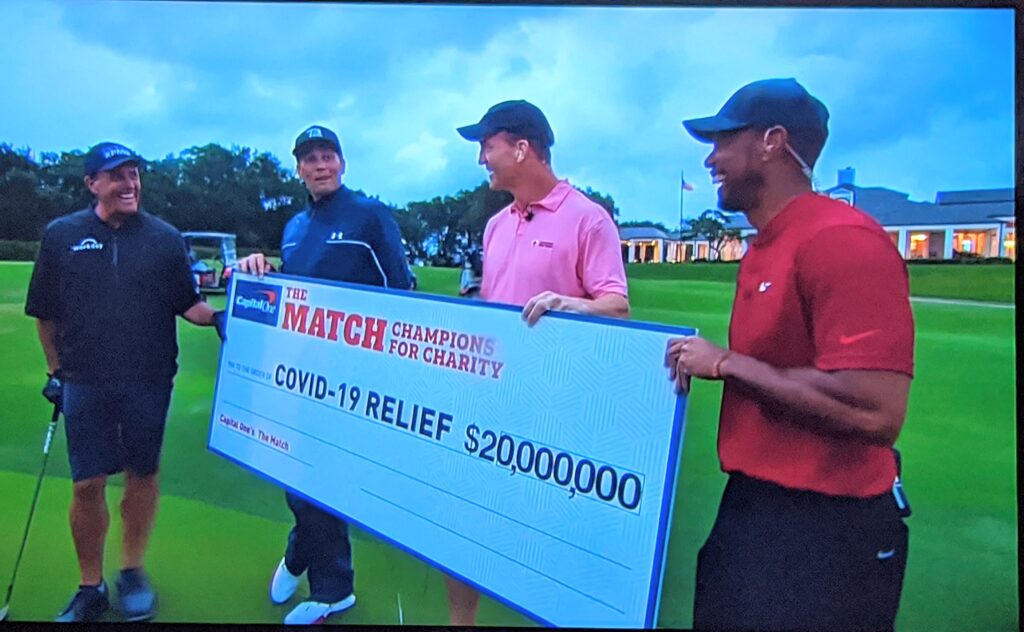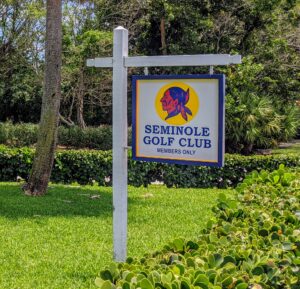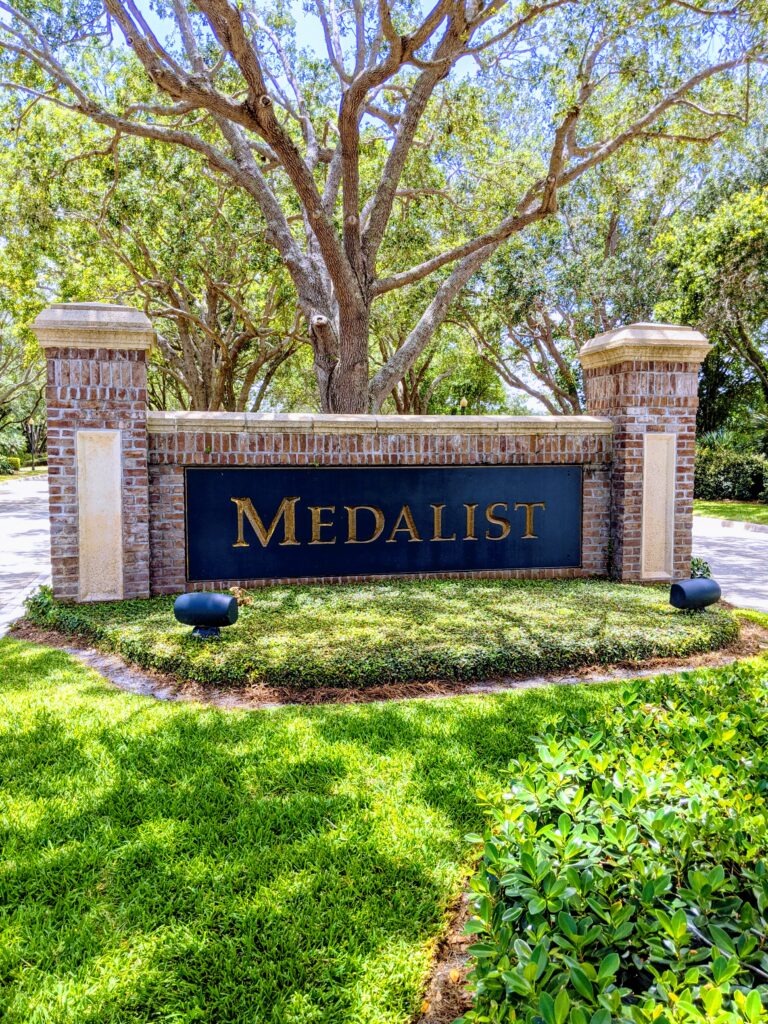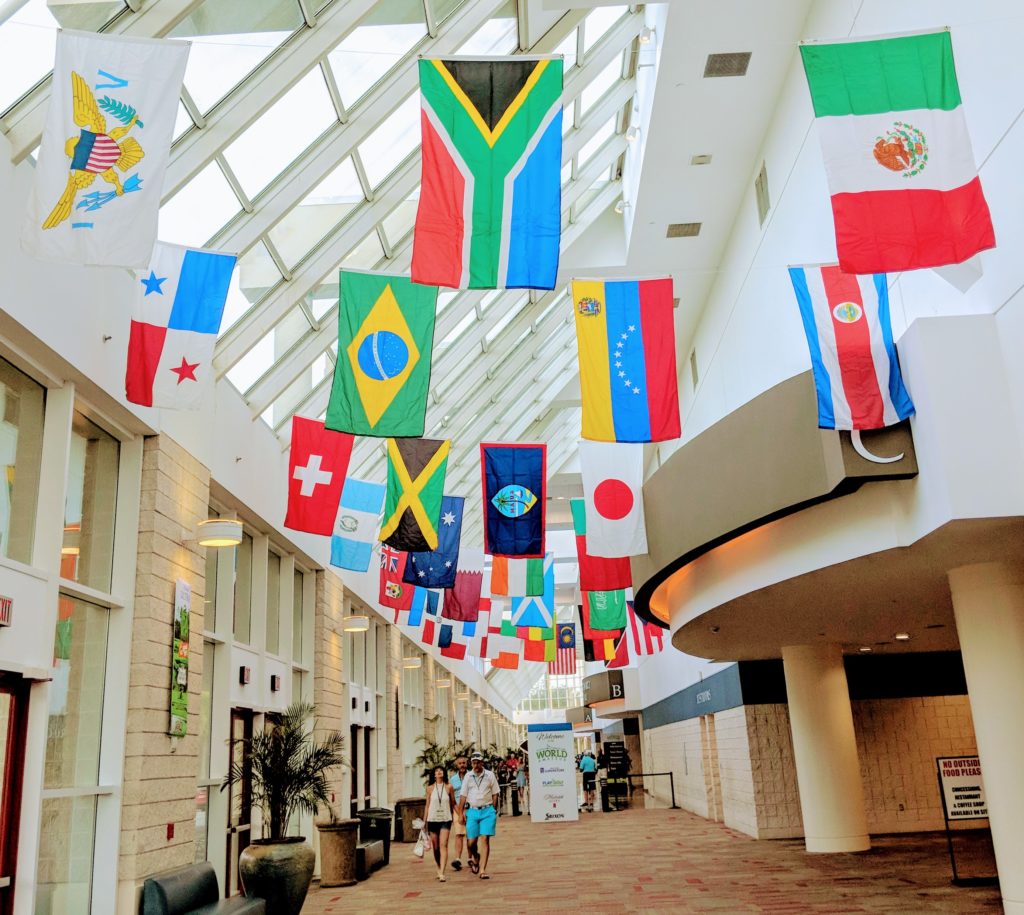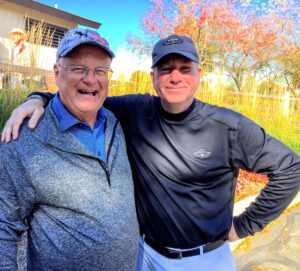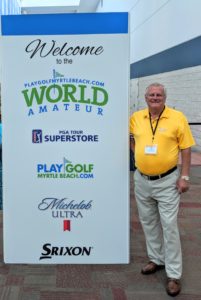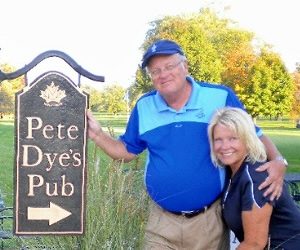The number of men among the PGA of America’s 29,000 members far outnumber the women. That’s no secret, and the number of married couples working in the business as PGA members isn’t very big either. It’s under 100 nation-wide.
What might be surprising out of that segment of the golf industry, though, involves two married couples who are both Illinois PGA members. In both cases the wife is a better player than the husband.
In one case there’s no question about it. Katie Pius, assistant professional at Biltmore Country Club in Barrington, is one of the best players in the section, man or woman.
“She’s just a better golfer than I am, plain and simple,’’ said her husband Josh Pius, head professional at Inverness. “She’s a talented player.’’
The playing disparity may not be as clearcut for Jennifer and Cory Ferrell, but Jennifer has been in more competitive situations. As Jennifer Broggi she was one of Illinois’ best amateurs when she was in high school at Naperville North and college at Illinois State. She turned pro after finishing up at ISU in 2002 and kept competing for awhile.
“When I got out of college I spent three winters in Florida,’’ she said. Ladies PGA headquarters is in Daytona Beach, so Florida was a good place to test her skills at a higher level.
“It wasn’t awful, but I honestly decided after getting a reality check,’’ she said. “I tried it, and it wasn’t my cup of tea.’’
The Ferrells met through the PGA’s training program and married in 2007. While they have no children, they’re both deeply involved in working with young players.
While Jennifer isn’t playing in many tournaments theses days, she isn’t completely out of the competitive side of golf. She has been the assistant coach of the girls team at Glenbard East High School since 2007.
“The season is short – just six-eight weeks, and I do enjoy it because it brings back memories of college,’’ she said.
Cory, completing his seventh season as head professional at the nine-hole Sugar Creek course in Villa Park, has 400 youngsters between the ages of 6-13 in his youth program there. He also works with Revelation Golf, a program that provides therapy through golf to military personnel.
Cory, born and raised in Maryland, grew up in the golf business. His father is a lifetime PGA member, and Cory was head pro at both Maple Meadows, in Wood Dale, and Seven Bridges, in Woodridge, before coming to Sugar Creek. He also was a teach pro at Old Oak, in Homer
Jennifer is more deeply involved in golf than just through high school coaching. She’s head professional and division manager at Glendale Lakes in Glendale Heights.
Neither of the Ferrells feel that working in the same industry presents unique problems.
“It’s no different than two teachers or two police officers,’’ said Cory. “Golf is just different because of the goofy hours.’’
Katie and Josh Pius also met through golf, when Josh was in the midst of a five-year run as an assistant professional at North Shore Country Club in Glenview and Katie was an assistant at Westmoreland, in Wilmette. They’ve been married for five years and are in their sixth seasons on their current jobs.
“I had always said I’d never marry a golf professional because I knew the hours they work,’’ said Katie, “but then I met Josh.’’
Josh grew up in Michigan and spent two years as a head professional in Wisconsin before coming to Inverness. They have two children, Betty 3 ½ and Millie, 1. Their clubs are just a few miles apart, and that’s a big help.
“There’s a lot of (time) coordination there,’’ said Josh, “but I don’t consider it difficult. I know what she’s going through, and she knows why I’m going through, so we support each other throughout the season. It’s nice having someone who understands what you’re going through.’’
“I don’t work full-time – just seasonally and part-time,’’ said Katie, who is one of three assistants working with head man Doug Bauman at Biltmore. “That’s the only way this would work. The kids are in day car on the days when I work, and we visit Josh sometimes.’’
Katie does some teaching and runs the women’s leagues at Biltmore while retaining her status as the best woman player in the section. She plays in most of the section tournaments while Josh is limited basically to what he calls “the silly season,’’ when the events are more on the social side. They make an effort to play one nine-hole round together ever month.
“Obviously I’d like to play more,’’ said Katie. “This year is the most limited my schedule has been, but I hope to get more competitive once the kids get a little older.’’


